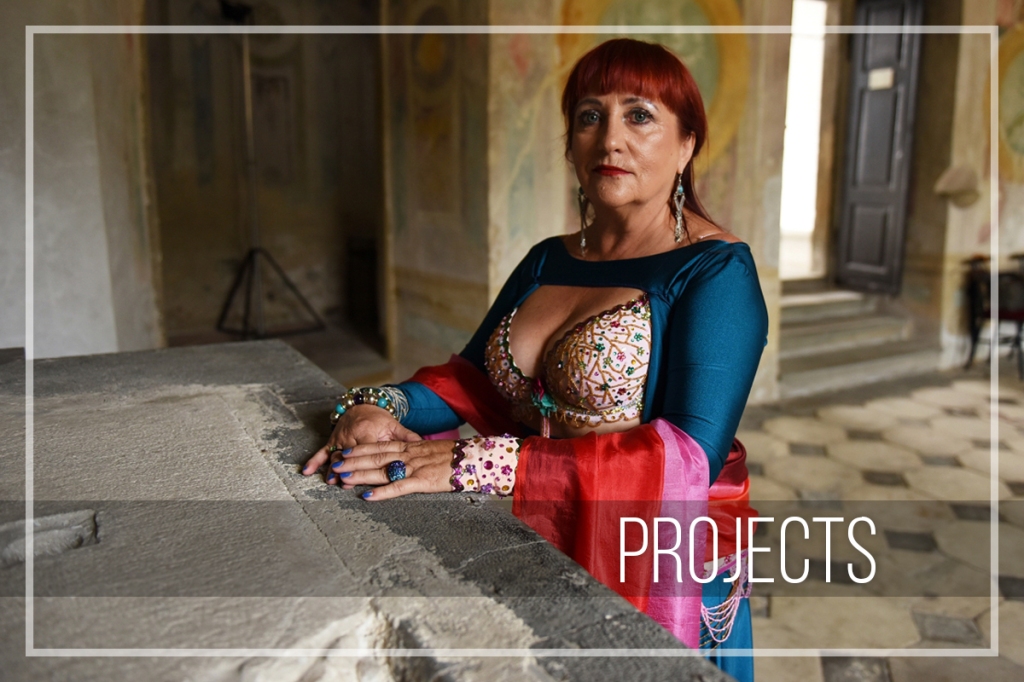
Kup kotalečega sena, ki ga vidimo v filmih o divjem zahodu, je vendarle rastlina.
(Slovenian above | English below)
Rastlina, ki je prisotna skoraj v vseh ameriških vesternih in je kot nekakšen simbol filmskega žanra o ameriškem divjem zahodu, je ruska. Gre za rastlino Salsola tragus, ki jo Američani imenujejo Tumbleweed in za katero nihče ne ve, kako je prišla v ZDA, predvidevajo, da z ruskimi imigranti.
Prvič je bila prvič opažena v Ameriki v oktobru 1880, ko je Oddelek za agrikulturo v Washingtonu prejel informacijo o nenavadni rastlini, ki se je začela pojavljati na podeželju Južne Dakote. Danes se nahaja skoraj povsod, saj seme te rastline potrebuje le malo vlage za rast in ena bilka lahko proizvede do 250.000 semen.
Rastlina zraste do 90 cm in dozori jeseni. Sunek vetra jo spusti na svobodo, kjer se v klobčič zvije in potuje po vetru, razpršujoč semena. In na tak način se izjemno hitro širi.
(English)
The plant that is present in almost every American Western and serves as a symbol of the film genre depicting the American Wild West is actually Russian. It is the plant Salsola tragus, known to Americans as Tumbleweed, and nobody knows exactly how it arrived in the United States, although it is presumed to have come with Russian immigrants.
It was first observed in America in October 1880 when the Department of Agriculture in Washington received information about an unusual plant that had started appearing in the countryside of South Dakota. Today, it is found almost everywhere, as the seeds of this plant require very little moisture to grow, and a single plant can produce up to 250,000 seeds.
The plant grows up to 90 cm tall and matures in the autumn. A gust of wind sets it free, and it rolls into a ball, traveling with the wind, dispersing its seeds. In this way, it spreads rapidly.
Sign up for The Newsletter delivered to your inbox, which includes exclusive feature stories, photography, reportages, columns, and more. Get it sent to your inbox.
RECOMENDED STORIES | PRIPOROČENE OBJAVE
Marina, poslednja sežgana čarovnica
Leta 1701 je cesarsko krvno sodišče začelo čarovniški proces proti Marini Češarek, mati šestih otrok. Po tednu dni ječe je še vedno trdila, da je nedolžna, zato se je prva sodba glasila, naj žensko posadijo na čarovniški stol in jo ponovno izprašajo. Po treh urah mučenja je priznala, da je čarovnica. — (Eng.) In 1701, the imperial blood court began a trial against Marina Češarek, a mother to six children. Despite maintaining her innocence the court sentenced her to sit on the witch’s chair and undergo further questioning. After three hours of torture, she ultimately confessed to being a witch.
Keep readingŽivljenje v duhu prejšnjega stoletja: 21. etnografska prireditev »Likof na taberhi«
V Muzeju na prostem Rogatec, največjemu muzeju ljudskega stavbarstva na slovenskem in kulturnem spomeniku državnega pomena, je potekal dogodek »Likof na taberhi«, 21. etnografska prireditev, ki je obudila življenje prednikov in skoraj pozabljena kmečka in rokodelska opravila ter tradicionalne dobrote. Prireditev je privabil obiskovalce iz celotne Slovenije. — (Eng.) The »Likof na taberhi« event took place at the Open-Air Museum Rogatec, the largest museum of folk architecture in Slovenia and a cultural monument of national importance. It was the 21st ethnographic event that revived the lives of ancestors and nearly forgotten rural and artisanal activities, along with traditional delicacies.
Keep readingSlovenia Press Photo: Zmagovalna reportaža v kategoriji Ljudje in častna omemba v kategoriji Narava
Reportaža o Silvi je na Slovenia press photo prejela nagrado za najboljšo zgodbo. Govori o Silvi, ki je pred 22 leti preživela raka, danes pa pomaga ženskam, ki gredo skozi podobno izkušnjo. — (Eng.) The reportage about Silvia won the photo award for the best story at Slovenia Press Photo. It tells the story of Silvia, who survived cancer 22 years ago and now helps women going through a similar experience.
Keep readingŠtanjel: Biser na Krasu
Štanjel, eno najstarejših naselij na Krasu, ki ga krasijo slikovite ozke ulice s kraškimi kamnitimi hišami, ki so terasasto razporejene, je bil poseljen že v prazgodovini, prvič pa se pisno omenja leta 1402. V času med svetovnima vojnama pa je Štanjelu vdahnil svojo vizijo arhitekt in tedanji župan Maks Fabiani. — (Eng.) Stanjel, town known for its picturesque, narrow streets and charming stone houses, which are arranged in terraces, has been inhabited since prehistoric times and was first documented in 1402. Štanjel was transformed by the architect and mayor Maks Fabiani, who left his mark on the town’s architecture.
Keep readingDružinska radost
Družinska fotografija ni le spomin v času, ampak je tudi odraz ljubezni in povezanosti med družinskimi člani. Igrivi, radovedni ali nagajivi otroški obrazi so izjemno darilo za vso družino in eden od izvirnih načinov, kako okrasiti svoj dom s fotografijami, na katerih se nahajajo prav vsi družinski člani. — (Eng.) Family photography is not just a memory in time; it’s also a reflection of love and connection among family members. Playful, curious, or mischievous children’s faces are an incredible gift for the entire family and one of the original ways to decorate your home with photos featuring every family member.
Keep reading
⟡
















